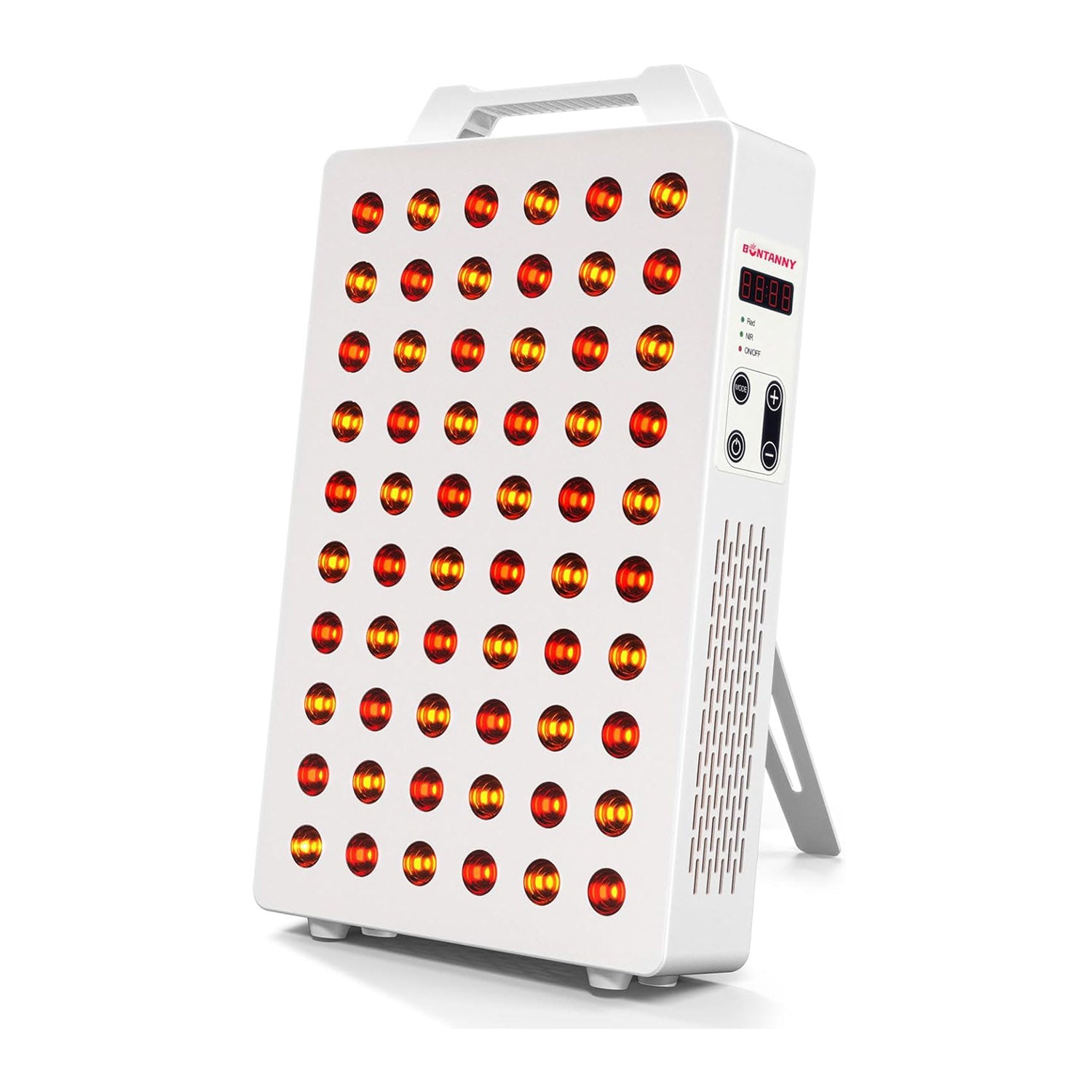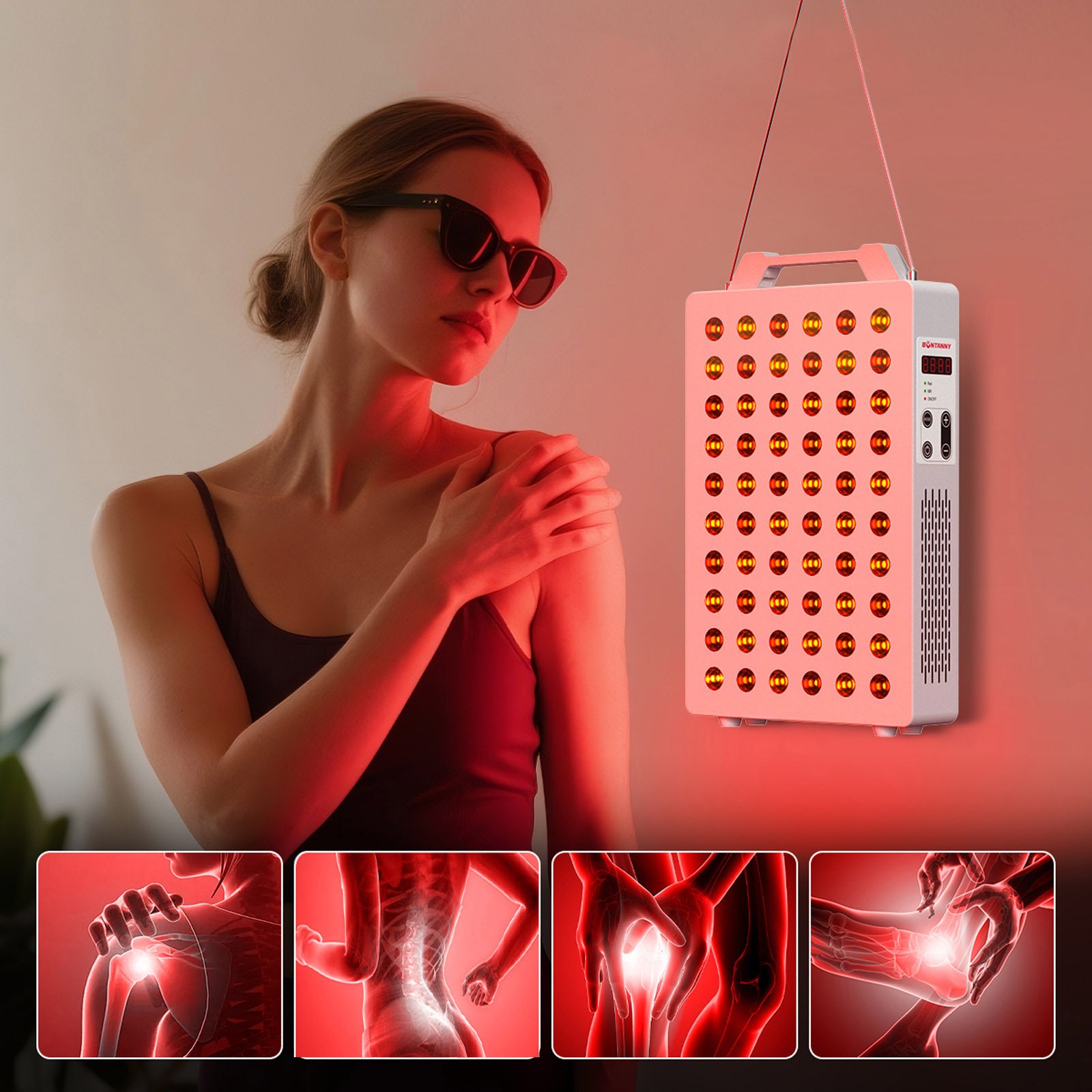FAQ
Understand the issues that everyone is concerned about
What is the difference between red light and near-infrared light in therapy devices?
Red light, typically around 660nm, is absorbed by the skin to promote surface-level benefits like collagen production and anti-aging. Near-infrared light, around 850nm, penetrates deeper into muscles, tissues, and bones, aiding in pain relief, inflammation reduction, and cellular repair. Many devices combine both for comprehensive benefits.
Are red light therapy devices safe for home use?
Yes, most home devices are designed with safety in mind, using LED lights that emit non-harmful wavelengths. However, avoid direct eye exposure to the LEDs and wear protective goggles if recommended. Consult a healthcare professional if you have photosensitivity or are on medications that increase light sensitivity.
Can red light therapy help with pain relief?
Yes, red light therapy can reduce inflammation and promote tissue repair, which may alleviate pain from conditions like arthritis, muscle soreness, or joint issues. However, results vary, and it’s not a substitute for medical treatment.
How long does it take to see results from red light therapy?
Results depend on the condition being treated. Skin improvements like reduced wrinkles or acne may be noticeable within 4-8 weeks of consistent use. Pain relief or muscle recovery benefits might be felt sooner, often within a few sessions, but long-term use enhances outcomes.
Do I need a medical-grade device for effective results?
Medical-grade devices often have higher power and more precise wavelengths, but many consumer-grade devices are effective for home use, especially for skin health and mild pain relief. Look for FDA-cleared or clinically tested devices for added assurance.
Can I use red light therapy devices on all skin types?
Yes, red light therapy is generally safe for all skin types since it doesn’t involve UV rays or heat that could cause damage.
How do I choose the right red light therapy device for my needs?
Choose according to your needs, while full body panels or wraps are ideal for pain relief and overall wellness.Check for FDA clearance, wavelength accuracy (660nm for skin, 850nm for deeper tissues), and power output. Portability, ease of use, and budget are also key factors.


